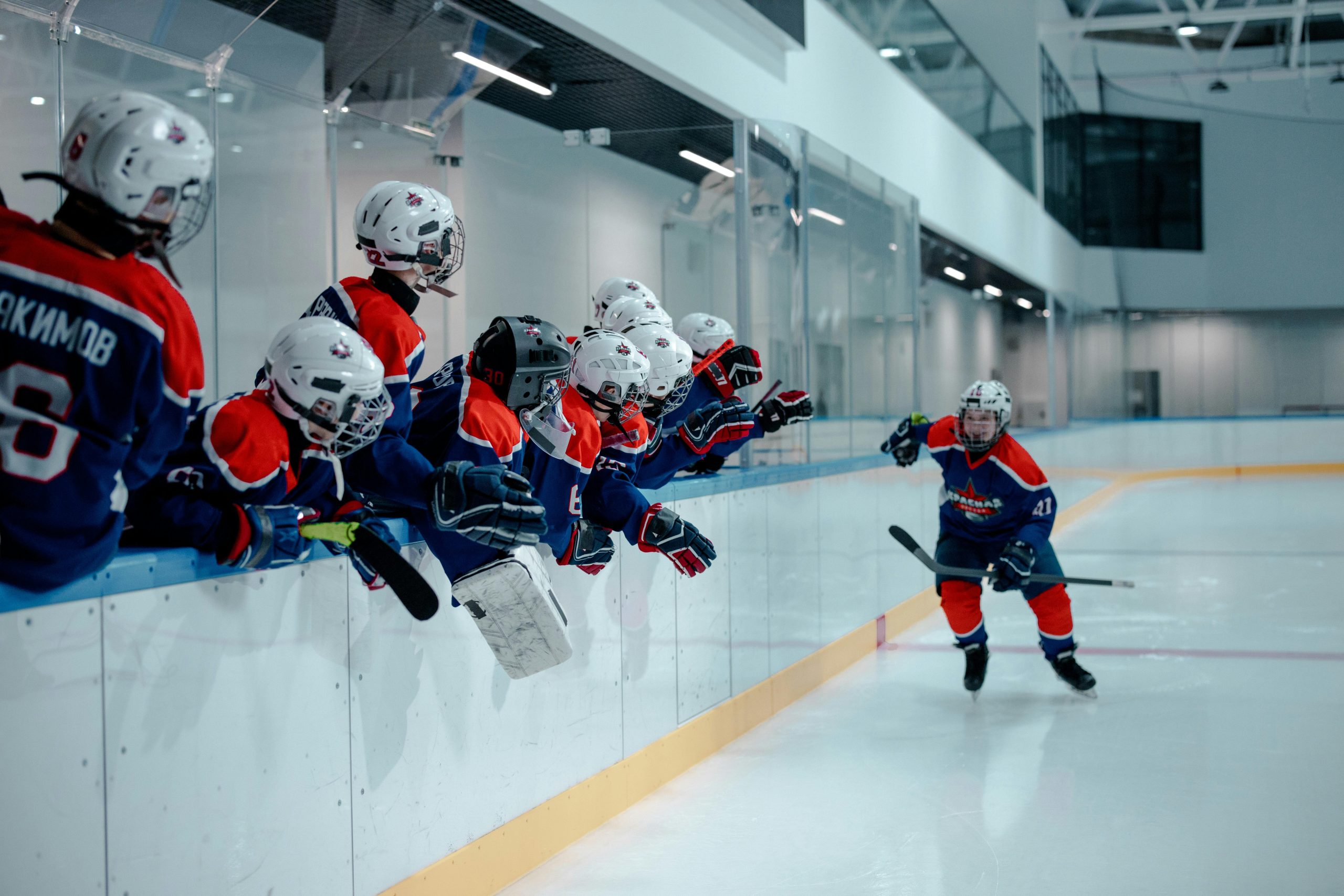The Ultimate Guide Of Youth Soccer Rules

Soccer is a relatively simple sport with few rules to learn (except for offside!). The target is to score more often in your opponent’s goal without using your hands or arms than your opponent does in your own. That concludes the discussion. However, over 100 years that organized soccer has been played, new rules have been added to alter aspects of the game as well as how it is played. Soccer has its own set of rules and regulations, much like all other sports. Although the size of the field, ball size, and numbers of subs vary by age level, these regulations are the same for all age demographics. So, how do the rules and regulations of youth soccer differ?
While looking through various materials, you may notice differences and non-uniformity in soccer rules and regulations, and the rules may alter depending on the situation. However, the following regulations apply to goal and ball sizes. The number of players, subs, free kicks, and penalty kicks, on the other hand, might all have different rules. The following are the most significant ones to be aware of:
Game Duration
A 90-minute professional game is split into two 45-minute halves. Each side is given a halfway break to obtain water and discuss what they want to accomplish differently in the second half. In soccer, there are no ‘timeouts,’ and coaches have no method of bringing the game to a halt until halftime. The length of a youth soccer game differs depending on their age and the league they are playing in.
According to the US Youth Soccer and its Association, the following are the lengths of games for each age group: U17-U19 have two 45-minute halves, U15-U16 have two 40-minute halves, U13 and U14 have two 35-minute halves, U11 and U12 have two halves, U10 and U9 have two halves, while U6-U8 have four to ten quarters.
Pitch Design
A typical professional field varies depending on the age of the players and the league in which they compete. A halfway line divides the playing field into two halves, and the midway is marked on the halfway line. This line, which is also known as the retreat line, is utilized when the game is restarted with a goal kick.
Extra-Time Duration
Two 15-minute halves for U15-U19 and two 10-minute halves for U11-U14 comprise the overtime sessions for all age categories. Furthermore, the ages U6-U10 do not have any extra-time periods.
Goal Dimensions
Depending on the age, the height of the goal changes. For U6-U8, the maximum goal size in feet is around 4-inches by 6-inches, 6.5-inches by 18.5-inches for U9 and U10, 7-inches by 21-inches for U11 and U12, and 8-inches by 24-inches for U9 and U13.
Maximum Player Count
Both sides can start the game with a maximum of eleven players and a minimum of seven. However, the number of players for each age demographic may change. The maximum amount of players per side for players aged U14 and up stay at eleven and seven, respectively. For age divisions under U7 and U8, the maximum number of players per team is 5v5 (including the goalie).
For U12 soccer players, a squad size of nine players is advised. However, players can only play against and alongside players in their age groups, according to Football Association and Competition rules. Each team member should obtain equal playing time whenever feasible. 50 percent time every game for each player is the ideal suggestion and practice.
Additionally, before or after the game, players may be required to produce verification of their identity and age.
Goal Kick
The opposition side gets to score the ball immediately from the goal kick if the ball is not scored and passes in the air or on the ground from above the goal-line and is last touched by a team member. Likewise, if the ball enters directly into the kicker’s goal and leaves the penalty area, the opposite side will be given a corner kick.
Free Kicks
Free kicks require opponents to be 10 feet (occasionally yards) away from the ball. The ball must remain motionless before the free-kick may be taken. Free kicks can be indirect or direct, while they are commonly classified as indirect at the young level.
Penalty Kicks
Penalty kicks are not allowed for the U6 to U10 age demographics. When an opponent commits a direct free kick foul within the penalty area, penalty kicks are usually awarded. Players should indeed stay behind the ball while the ball is kicked forward. All players must stand outside and at least 5 yards away from the penalty mark, except for the goalkeeper.
To Score
An indirect kick or a kick-off will not result in a goal. To put it another way, to score a goal, the ball must be kicked legally or completely between the goalposts and beneath the crossbar, or by penalty kicks, direct free kicks, or action kicks.
Foul Play and Misconduct
Tripping, pushing, and holding are the most common fouls that result in a free-kick. Charging or handballs (touching the ball with arms or hands except for the goalie) are examples of fouls. Other fouls include trying to disrupt an opposing player in the face progress, holding an opposing player, elbowing or striking any opposing player, trying to jump, push, charge or kick an opposing player, making an appearance in the protected area when an opposing player is taking a free-kick, and making appearances in the protected area when an opposing player is taking a free-kick.
If fouls are committed recklessly or negligently, players will receive a yellow, blue, or red card, as well as a penalty or free-kick. The yellow card serves as a warning, while the red card serves as a penalty. Members who have been disqualified may not return to the game. Two yellow cards equal one red card. Players in the U6-U10 age groups, however, are not shown any cards.
The Beginning and End of a Match
A soccer match begins with a kick-off from the center point, and play resumes with a kick-off if an opposing player scores a goal. Each player should be in his half and at least 10 yards away from the ball. To select which team will kick-off, the referee throws a coin. Before the player takes the kick-off, the ball must remain motionless on the center point. The kick-off is taken and the ball enters play shortly after the referee gives a signal, usually by blowing a whistle.
The Number of Subs
Players may be replaced with any other player if they sustain an injury during the game or get fatigued and unable to continue. Except when disqualified, any participant can return to the game. In most cases, the number of substitutes for the youth section is four.
Determining what keeps the Ball in Play
When the ball has fully passed the touchline or goal line, either in the air or on the ground, and the referee has called a timeout, such as when a player has been hurt during the game. Aside from that, the ball is still in play.
Conclusion
So, these are some of the most fundamental youth soccer rules and regulations, although they may be modified from time to time. To summarize, these young soccer regulations and fundamentals may appear difficult to read at first, but as you observe the game more closely, you will begin to appreciate the importance of these youth soccer rules and how they are enforced.






